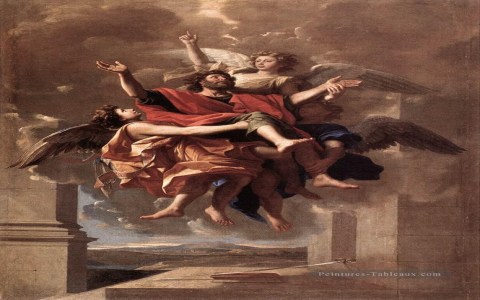Alright folks, today’s dive is into that tricky Byzantine stuff – icons, bits of old churches, you know the gilded, colorful things showing saints looking serious. Found myself staring at this tiny, battered painted wood panel last week. Gold flaking off like dandruff, colors cracked and faded. Thought, “Someone’s gotta save this before it turns to dust.” No clue where to start, honestly.
First Attempt: Total Mess Territory
Figured, how hard could it be? Grabbed some PVA glue my kid uses for school projects, mixed it with water like a genius. Thought I’d glue those loose gold flakes down. Big mistake. Dipped a tiny brush in, touched a flake… and it curled up like a dead leaf! Panicked, blew on it – blew the flake right off the darn thing. Left a sad little bald patch. Heart sank. Realized this needed serious brainpower, not kindergarten arts and crafts.
Hitting the Books (And Annoying Experts)
Trashed the PVA glue bottle. Spent days buried in old museum guides online (not easy reading!). Emailed some curator friends – they probably blocked me after the tenth stupid question. Main takeaways slapped me in the face:

- Glue = Death (Usually). Most modern glues wreck the old materials or leave shiny blobs you can’t remove later. Needs special stuff.
- Gold’s a Sneaky Jerk. It lifts off if you breathe wrong. Needs gentle coaxing, not gluing.
- Water is Mostly the Enemy. Swells the wood underneath, cracking paint further.
Round Two: Respecting the Gunk
Time for grown-up supplies. Hunted down this weird rabbit-skin glue granules – smelled faintly of despair and old barns. Mixed up a tiny batch, super weak. The trick? Heat it gently in a water bath. Took a good look at the piece under a bright lamp, magnifying glass glued to my face. Found the exact spot where the gold had lifted but wasn’t gone yet.
Dabbed the tiniest dot of warm rabbit glue under the flake with the pointiest brush I owned. Held my breath. Carefully nudged the gold flake back down with a bamboo skewer smoother than my pickup lines. Actually stayed put! Felt like defusing a bomb. Repeated this about fifty times for other flakes. Took hours. Neck screamed.
The Big Grime Question
Felt proud until I saw the centuries of grime and old, yellowed varnish dulling everything. Temptation hit: wipe it clean! Resisted hard. Cleaning Byzantine bits is like walking through a minefield blindfolded. One wrong solvent, poof – saint loses their face. Decided this grime layer, ugly as it was, was staying put. It’s part of the history, like wrinkles on a face. My job was stabilization, not a makeover. Maybe a proper pro could tackle it later.
Finally… Protection Duty
After the glue marathon, it needed armor. Not shellac or house varnish. Found this conservation-grade wax stuff. Melted a little chunk carefully. Used a clean cloth, rubbed it on the back of the panel first. Why the back? Wood needs to breathe, apparently, but uneven moisture is bad. So, seal the back lightly with wax to slow things down. Front? Just polished the existing varnish/grime layer super gently with the wax on my finger. Didn’t add more goop, just gave it a slight protective sheen and filled micro-scratches. Less is way more here.
End result? Looks… old. Still dirty. Still imperfect. But it’s not shedding gold like confetti anymore. The flakes are down, the wood seems stable, and I didn’t accidentally erase a saint. Call it a win. Learned the hard way: Byzantine materials don’t fight fair. You need weak glue, patience thicker than concrete, and the humility to leave the dirt alone. Fancy techniques look impressive online, but half this job is knowing when not to touch it. My back still hurts from hunching over that darn panel for hours. Worth it though. Maybe.




